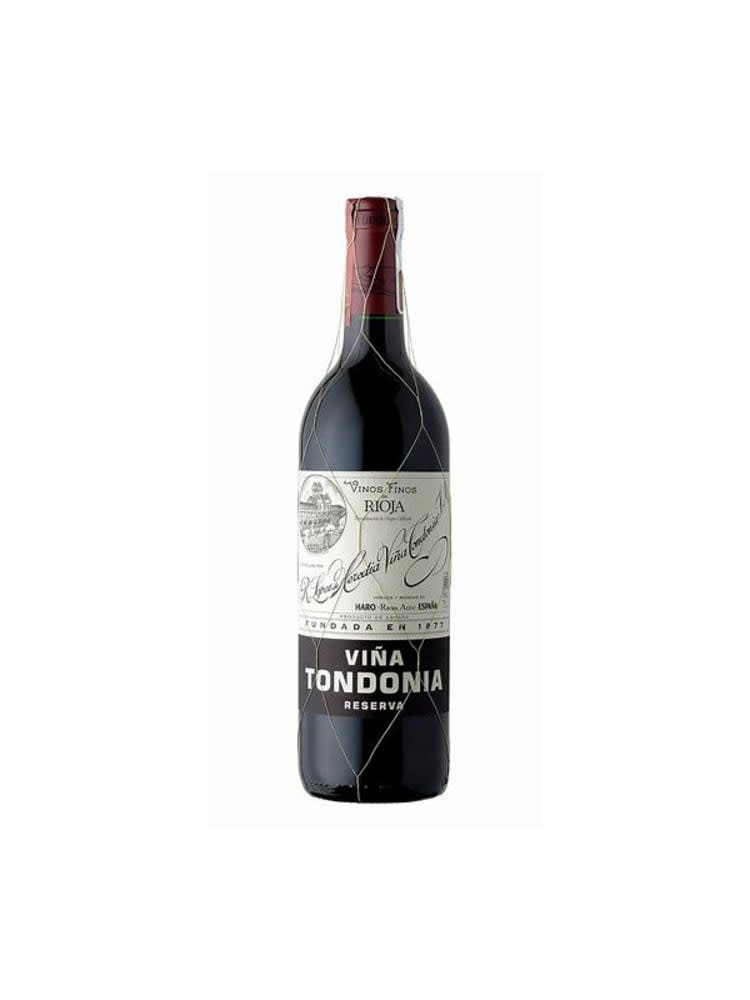Maxwell Park
July 2025 Add-On
Bodegas López de Heredia
Arguably Rioja’s most iconic and historic estate. Founded in 1877 by Don Rafael López de Heredia y Landeta who modeled his techniques after the French négociants inhabiting the region because of the outbreak of phylloxera in France.
While the industry has greatly evolved within Rioja, little has changed about López de Heredia in its nearly 150 years of existence. Many of the top estates in Rioja are now owned by outside investors, but López de Heredia remains family owned and operated. While many estates in the region buy grapes, López de Heredia owns every inch of their vineyards. In fact, they have their own on-premise cooperage that keeps their cellar stocked with nearly 13,000 American oak barrels. Technically, almost all of their wines meet the regional criteria for Gran Reserva, but, as one might expect, they are deeply traditional and only label wines as Gran Reserva in exceptional vintages. The estate is now in its 4th-generation helmed by Maria José and her siblings.
The marquee differences between Bosconia and Tondonia are that they come from different vineyards and have different percentages of non-Tempranillo. The Tondonia blend is generally about 75% Tempranillo with Garnacha, Mazuelo and Graciano rounding it out. Bosconia is a much smaller vineyard, has more Tempranillo in the blend while spending less time in oak compared to Tondonia. Bosconia tends to be bigger, earthier, and more powerful, while Tondonia is known for its elegance and expressive nature.
Fun Fact: You may notice the bottle shape difference between the Bosconia, which uses a Burgundy-shaped bottle, and Tondonia, which has the more traditional Bordeaux-shape. This is because Bosconia comes from a vineyard named El Bosque, which was once planted heavily to Pinot Noir for a wine they called “Rioja Cepa Borgoña.”
Arguably Rioja’s most iconic and historic estate. Founded in 1877 by Don Rafael López de Heredia y Landeta who modeled his techniques after the French négociants inhabiting the region because of the outbreak of phylloxera in France.
While the industry has greatly evolved within Rioja, little has changed about López de Heredia in its nearly 150 years of existence. Many of the top estates in Rioja are now owned by outside investors, but López de Heredia remains family owned and operated. While many estates in the region buy grapes, López de Heredia owns every inch of their vineyards. In fact, they have their own on-premise cooperage that keeps their cellar stocked with nearly 13,000 American oak barrels. Technically, almost all of their wines meet the regional criteria for Gran Reserva, but, as one might expect, they are deeply traditional and only label wines as Gran Reserva in exceptional vintages. The estate is now in its 4th-generation helmed by Maria José and her siblings.
The marquee differences between Bosconia and Tondonia are that they come from different vineyards and have different percentages of non-Tempranillo. The Tondonia blend is generally about 75% Tempranillo with Garnacha, Mazuelo and Graciano rounding it out. Bosconia is a much smaller vineyard, has more Tempranillo in the blend while spending less time in oak compared to Tondonia. Bosconia tends to be bigger, earthier, and more powerful, while Tondonia is known for its elegance and expressive nature.
Fun Fact: You may notice the bottle shape difference between the Bosconia, which uses a Burgundy-shaped bottle, and Tondonia, which has the more traditional Bordeaux-shape. This is because Bosconia comes from a vineyard named El Bosque, which was once planted heavily to Pinot Noir for a wine they called “Rioja Cepa Borgoña.”
This one-time add-on order must accompany your core Wine Club subscription and is available for pick-up or delivery. (Not yet a Wine Club member? No problem - SIGN UP HERE)
More from Maxwell Park

